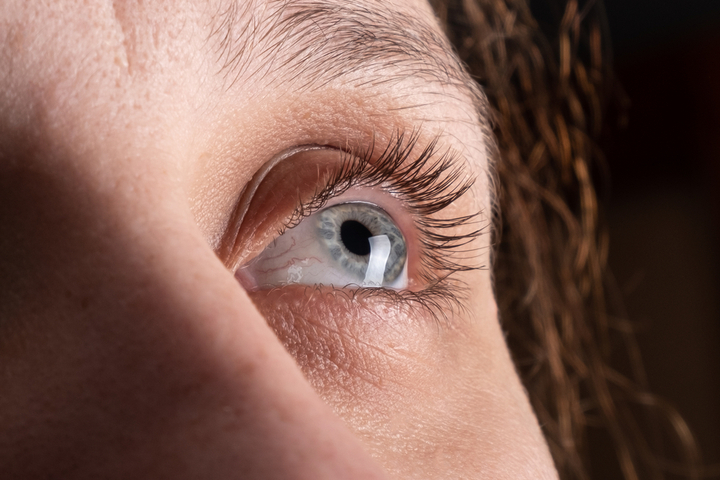Cornea replacement may be necessary in cases where this delicate disuse has been damaged. However, patients often find themselves in a prolonged queue for a cornea donation.
 Using New Technology, Rambam Doctors Transplant Two Corneas into Four Different Donors
Using New Technology, Rambam Doctors Transplant Two Corneas into Four Different Donors
Using new, state-of-the-art equipment developed by Moria Ophthalmic Instruments, doctors in the Department of Ophthalmology at Rambam Health Care Campus recently split a donor’s donation of two corneas, enabling them to save the vision of four people.
Until a few years ago, cornea replacements had to be performed manually. The success of these procedures was a direct result of the surgical skill and experience of the attending physician. Dr. Sergiu Socea, a senior physician in the Department of Ophthalmology, shares the complexities behind corneal transplantations. “In the past, the cornea was split in order to implant its layers. If we wanted to implant the anterior layer, we had to forgo the inner layer because of the procedures involved in the inaccurate preparation and cutting. If we wanted to implant the inside, the front was not thick enough to use.”
In recent years, however, with the introduction of more advanced and accurate instruments, splitting only the diseased corneal tissue and replacing it with corresponding tissue from a corneal donation has become a viable option and allows performing the replacement in an incredibly precise manner. As bonus for patients, the complication rate is lower and there is a dramatically shorter recovery period.
Dr. Sergiu Socea, explains, “Today, thanks to the new equipment from Moria, we have reached a degree of accuracy that allows us to split a cornea that is 500 microns thick, so that the front part is thick enough for implantation, a thickness ranging from 400 to 450 microns and the back part is 100 microns thick. This capability greatly enhances the surgical results.”
Dr. Shmuel Grafi, another senior physician in the Department of Ophthalmology adds, “The new equipment makes it possible for us to split the cornea in two. This means that in the case of a donation of two corneas from one donor, the vision of four different people can potentially be saved. We have already successfully done this.”

